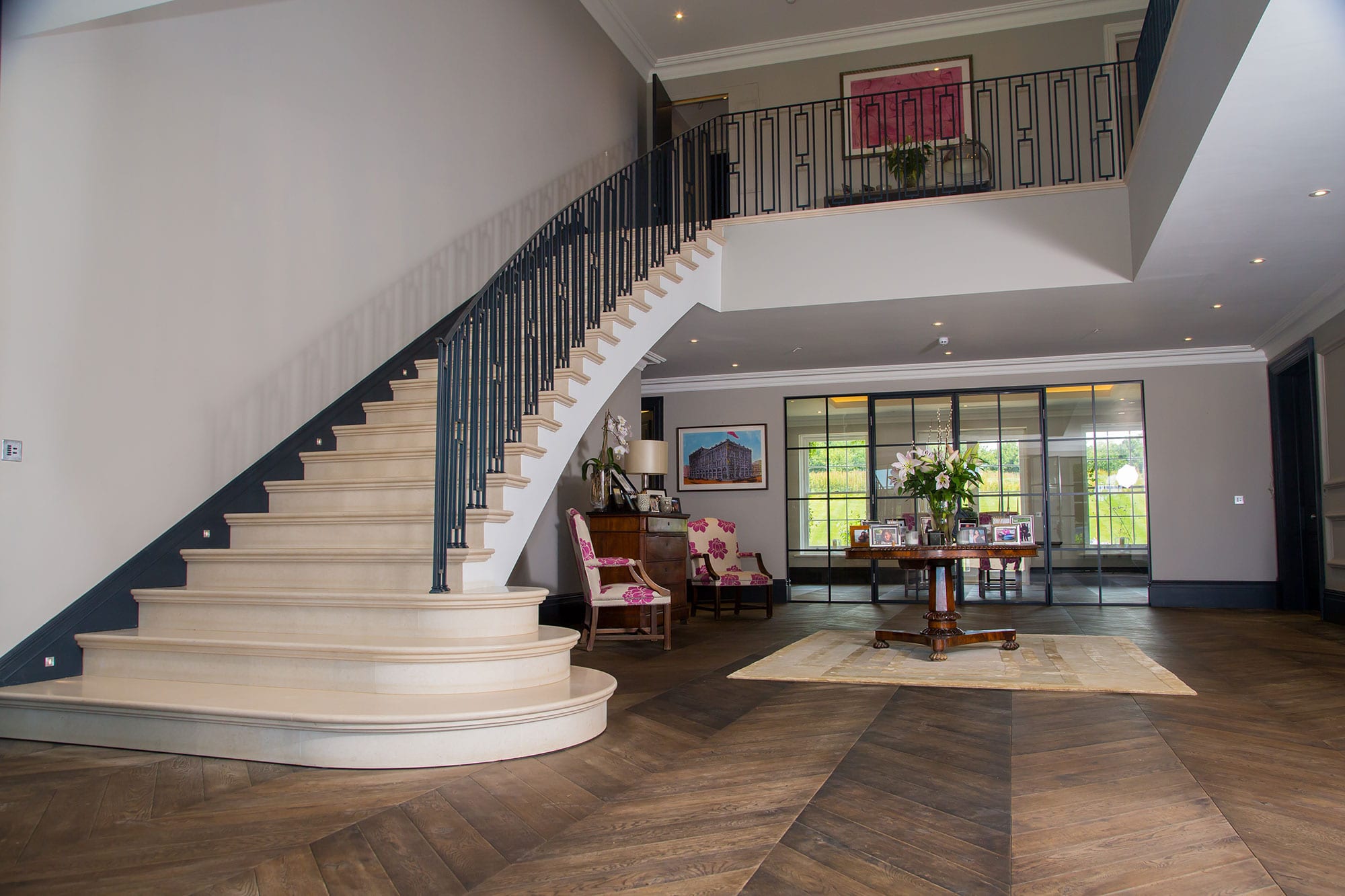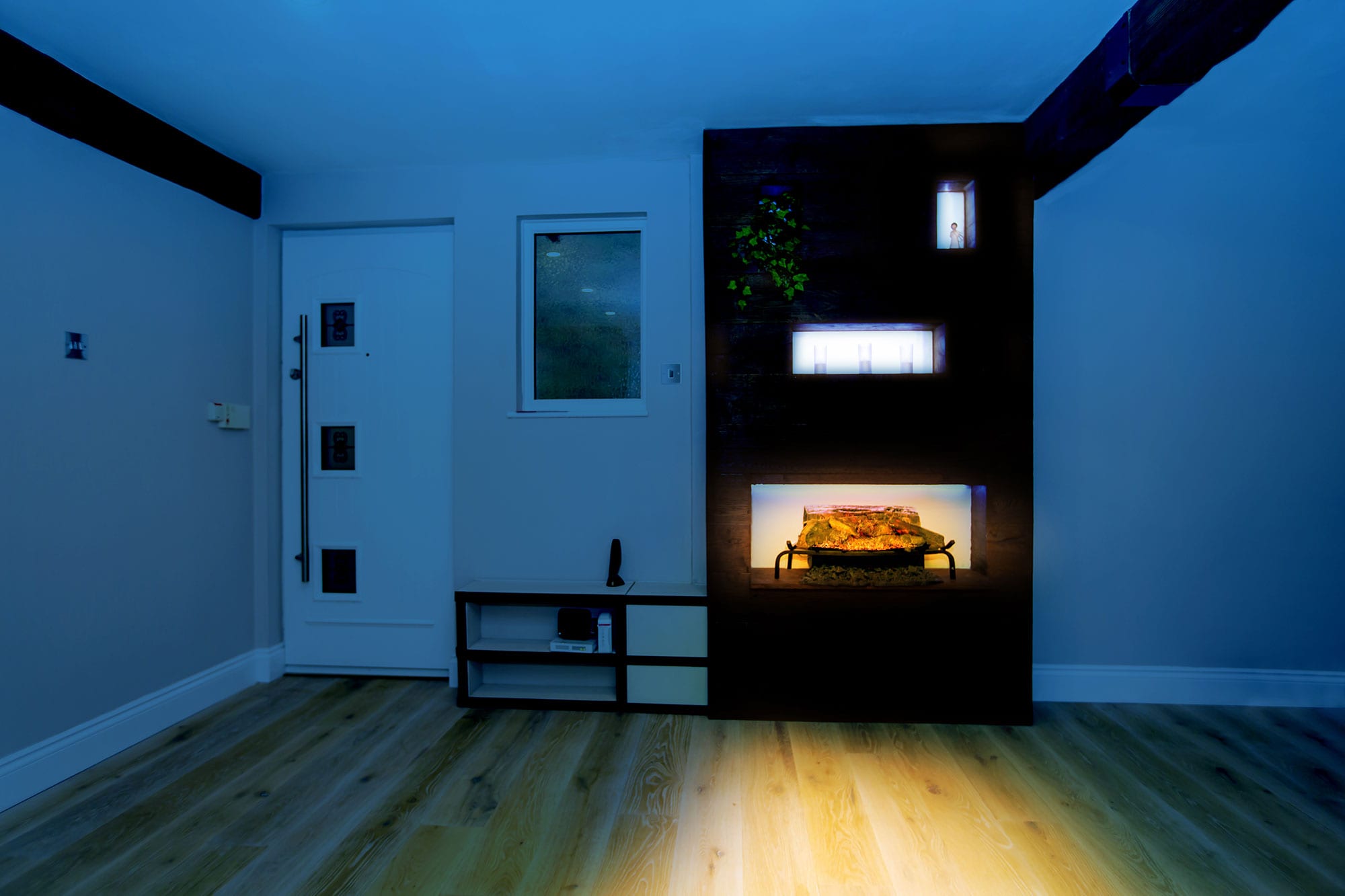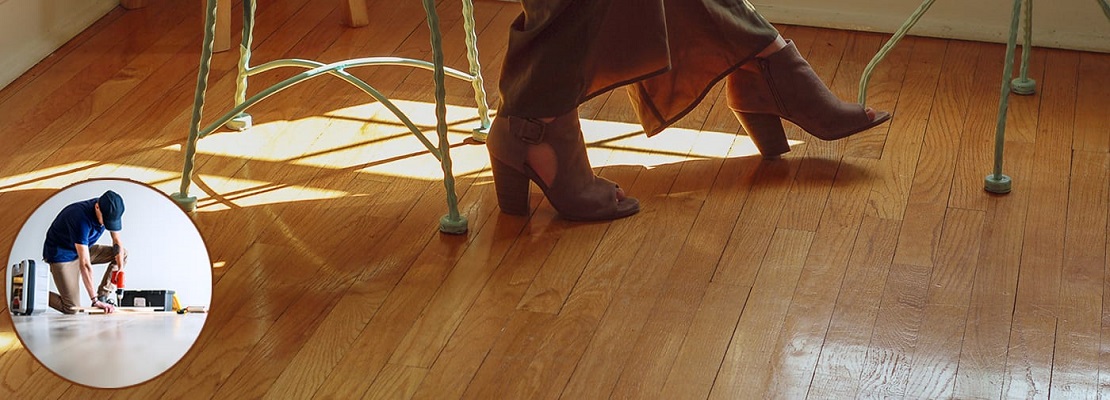Choosing the best type of wood flooring can be tricky. Virtually all hardwood flooring types can beautify any room in your home, whether it’s the kitchen, basement, or sunroom. However, you must consider the existing condition of your current flooring and the level of durability you need.
For instance, are you going to choose unfinished hardwood flooring or finished hardwood flooring? The difference is that unfinished hardwood flooring allows you to apply a custom stain to it before the finishing. This helps if you want to change the colour of the wood, especially if you’re trying to match the same colour as your current wood flooring. Once you install the flooring, you’ll need to sand and seal it.
Finished hardwood flooring already comes pre-stained, pre-finished, pre-sanded, and pre-sealed. That means you won’t be required to do anything other than installing the wood flooring. This is an awesome choice for people who are not handymen and don’t want to hire somebody to customise their flooring.
You also must consider whether you want solid hardwood or engineered hardwood for your flooring. If you’re installing the wood flooring in a room which has a lot of moisture accumulation, such as a basement, then you’ll want engineered hardwood flooring. This type of flooring is made with a veneer attached to several wood layers. You’ll receive great stability and moisture resistance from it.
Solid hardwood flooring is just pieces of wood that are no more than 0.75 inches thick. They’re weak against moisture and humidity, so it’s better if you install it in drier rooms of your home. The upside is that you can refinish and sand the solid hardwood flooring as many times as you want. This is something you cannot do more than once or twice with engineered hardwood flooring.
As for the wood species that you choose, the basic choices are oak, maple, and cherry. But if you want to go with something more exotic, you can choose bamboo, ash, mahogany, or walnut. Each wood species has its own unique appearance and level of durability. If you must go with a safe choice, then go with oak or maple. Otherwise, choose something tropical and durable like bamboo.




